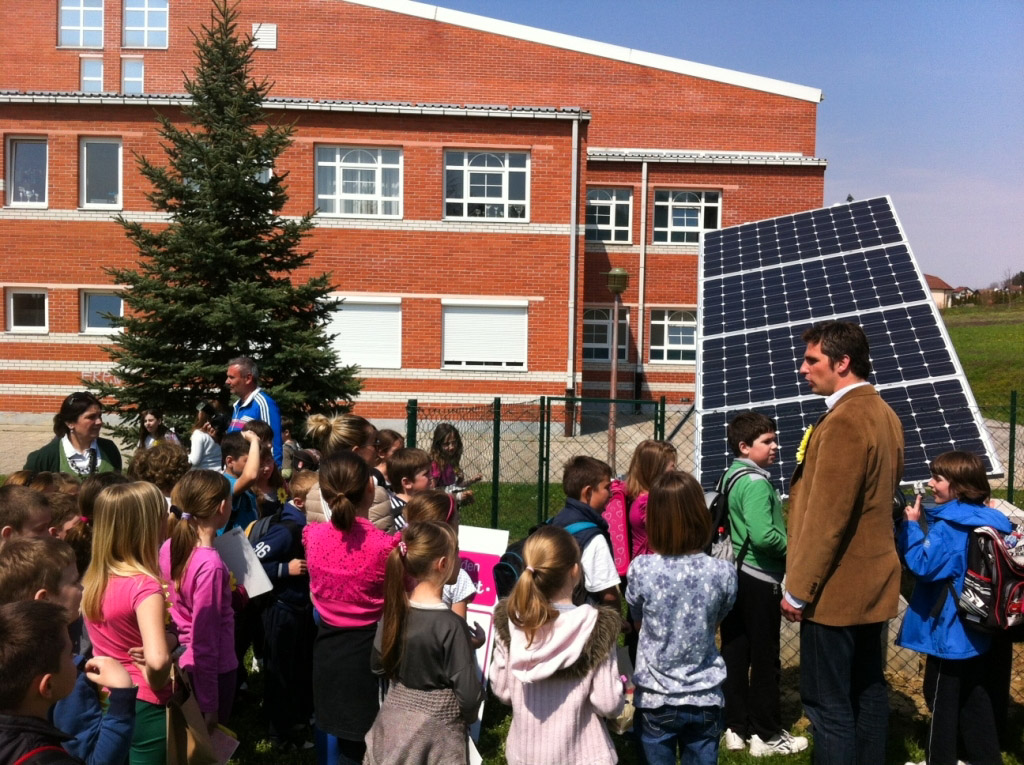 Sprawling across the Adriatic Sea, Croatia comprises more than 1,200 islands – 48 of which are inhabited. Currently, the country imports much of its energy needs in the form of fossil fuels. National Energy and Climate Plan outlines the efforts to expand renewable energy in Croatia: by 2030, Croatia aims to have a 36.4% renewable energy share and a 45% reduction in total emissions. At the end of last year, Croatia recorded four days powered fully by renewable energy sources.
Sprawling across the Adriatic Sea, Croatia comprises more than 1,200 islands – 48 of which are inhabited. Currently, the country imports much of its energy needs in the form of fossil fuels. National Energy and Climate Plan outlines the efforts to expand renewable energy in Croatia: by 2030, Croatia aims to have a 36.4% renewable energy share and a 45% reduction in total emissions. At the end of last year, Croatia recorded four days powered fully by renewable energy sources.
Politics and Renewable Energy
Recent and upcoming political changes could impact the renewable energy share in Croatia and have important impacts on those living in energy poverty. The 2024 election year has been deemed a “super-election.” In April, the country’s long-dominating center-right party, Croatian Democratic Union (HDZ), won the Parliamentary Election on April 17, but change could still occur with the European Parliament Election taking place in June and the Presidential seat being up for reelection at the end of the year.
In a recent survey conducted for Croatia’s 2024 election, 70% of people expressed concerns about rising costs of living accompanying inflation. While the focus of this year’s election is economic, discussions surrounding renewable energy initiatives play a role in growing Croatia’s economy and helping those living in energy poverty. Making investments in renewable energy is an economic endeavor.
This is important because typically, renewable energy discussions are pushed to the side in Croatia in favor of issues the population finds more pressing such as food safety, economic growth and youth unemployment, Clean Energy Wire reports. Renewable energy in Croatia only enters the political discourse when severe weather events occur and brings attention to the impacts of changing weather patterns. Bringing attention to the economic advantages of independent renewable energy in the election will bolster initiatives for renewable energy in Croatia and benefit initiatives targeting energy poverty.
Economic Opportunity
Currently, Croatia imports the majority of fossil fuels it uses: 100% of coal, 80% of oil and 40% of gas, according to Clean Energy Wire.
Dependency on importation makes Croatia “particularly vulnerable to the rise in fossil fuel prices” contributing to the country’s high energy prices, Clean Energy Wire stats. This shows that developing renewable energy sources could help stabilize energy prices and allow more people access to consistent energy.
Renewable energy is growing as the cheapest option for electricity. The cost of solar power electricity has been declining – falling 85% from 2010 to 2020. Similarly, wind energy has seen dramatic declines in cost. Expanding renewable energy sources in Croatia could offer cheaper energy to more people, allowing those who cannot afford the high and volatile fossil fuel prices to access this essential resource.
Renewable Energy Policy
Initiatives to combat energy poverty in Croatia are underway in legislation through the expansion of renewable energies.
New drafts of Croatia’s National Energy and Climate Plan (NECP) include language targeting energy poverty in the country. Under this Plan, an Energy Poverty Program aims at achieving the following objectives from 2021 to 2030 with an overall goal to define criteria for energy poverty:
- Incorporation of energy education for citizens living in energy poverty
- Creation of national standards and key identifiers describing energy poverty as a system for measurement and monitoring
- Creation of programming will likely effectively increase energy efficiency for those in and at risk of living in energy-poverty households
Currently, 9.4% of the population cannot heat their homes adequately and is living in energy poverty. NECP plans to implement monitoring and allow the Country to identify at-risk populations, target policy accordingly, and ultimately lead to effective structural policy combating energy poverty.
Closely tied with the Energy Poverty Program, a 2020 initiative targeting energy poverty through the expansion of renewable energy use assists in renovating homes. The Program for Renovation of Family Houses has provided 100% funding for these renovations for qualifying houses in addition to free energy auditing. As of summer 2020, the program received more than $4 million.
The upcoming 2024 elections could spur change in Croatia’s priority on renewable energy and help to drive out investments in fossil fuel. This, in accordance the ongoing renewable energy initiatives, give hope to decreasing the levels on energy poverty in Croatia.
– Carlee Unger
Carlee is based in Pembroke, NC, USA and focuses on Politics and Good News for The Borgen Project.
Photo: Flickr
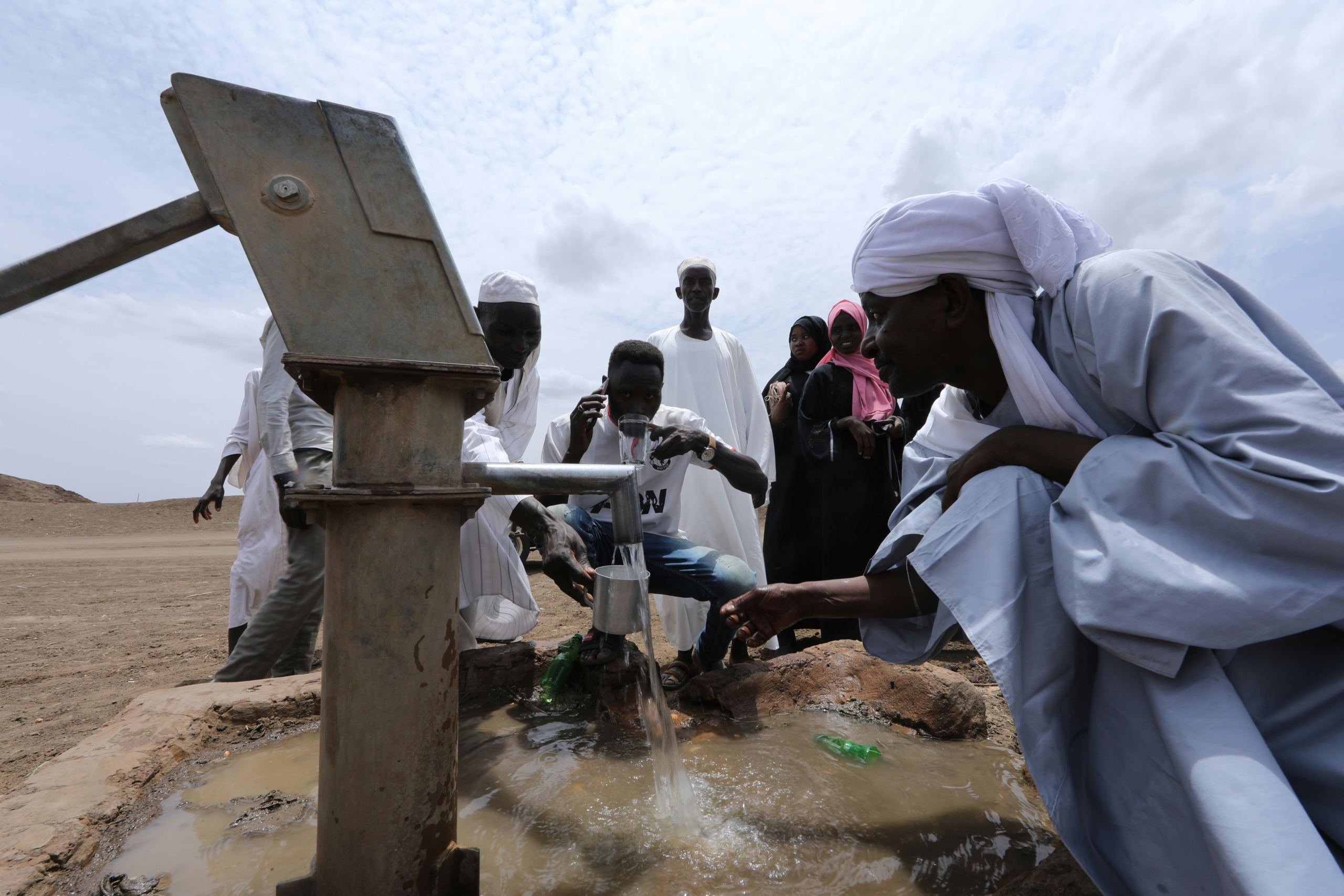
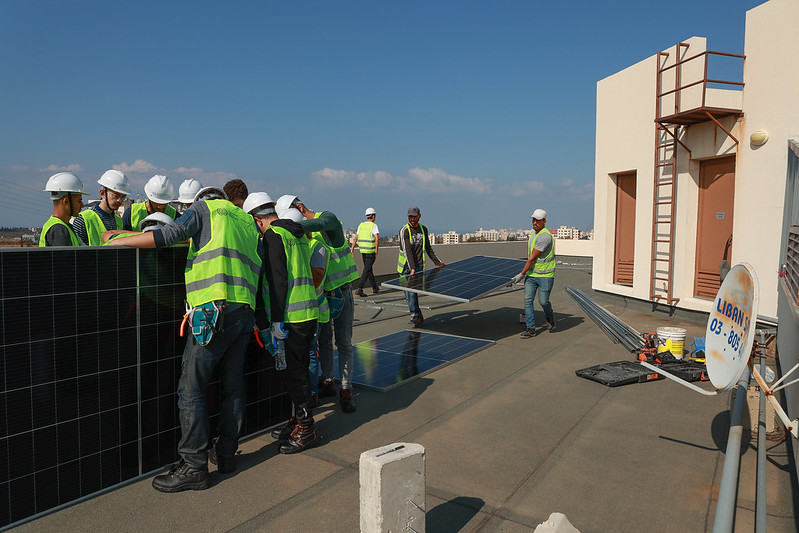
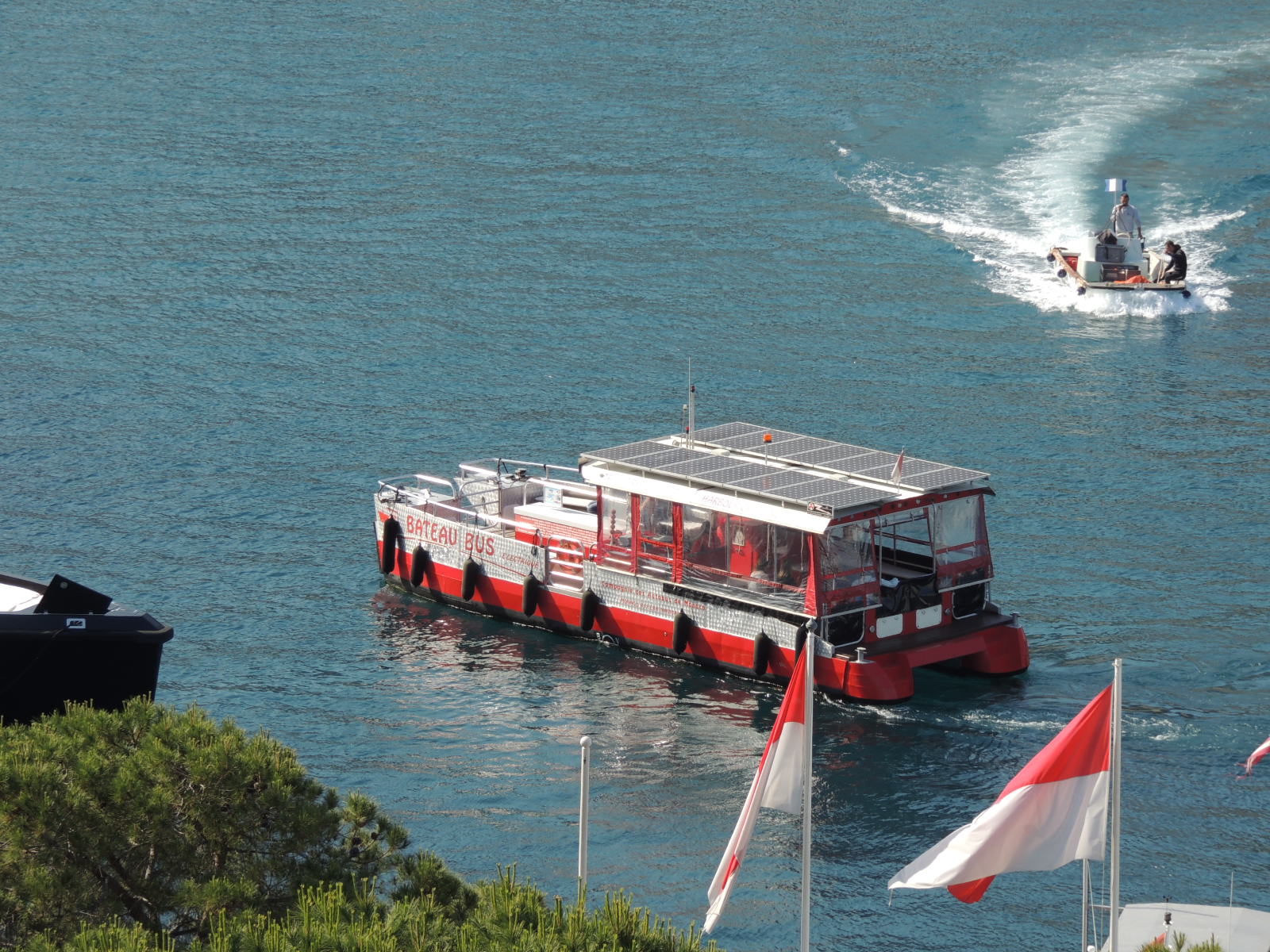

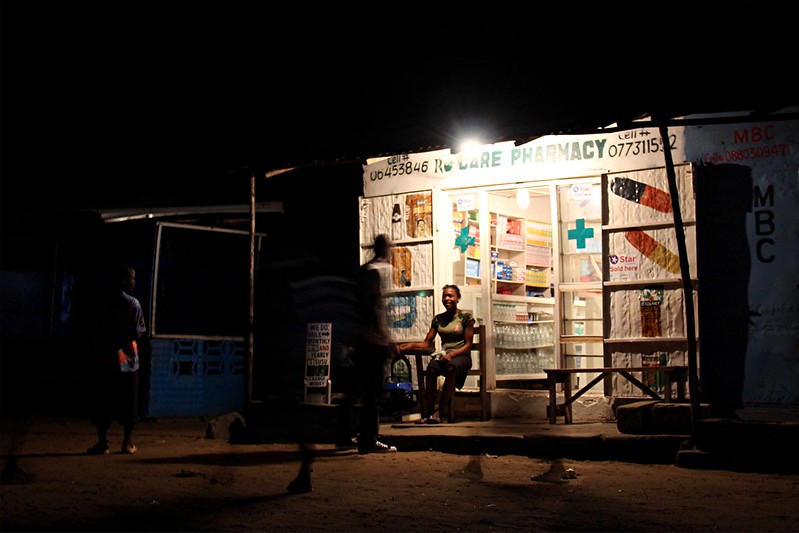
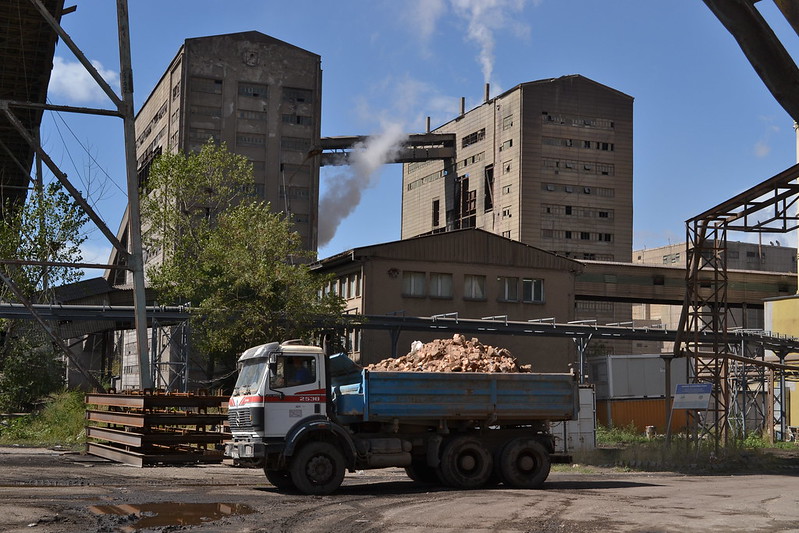
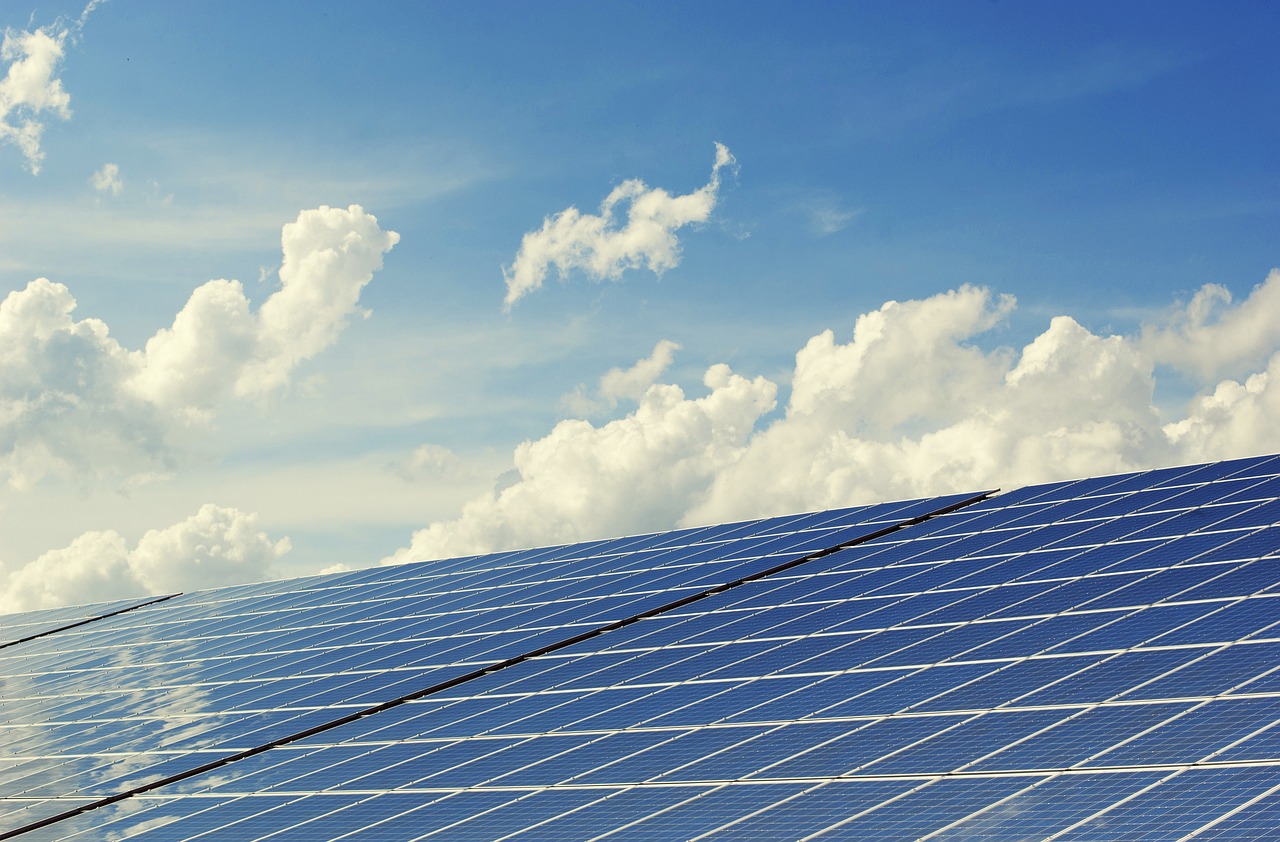
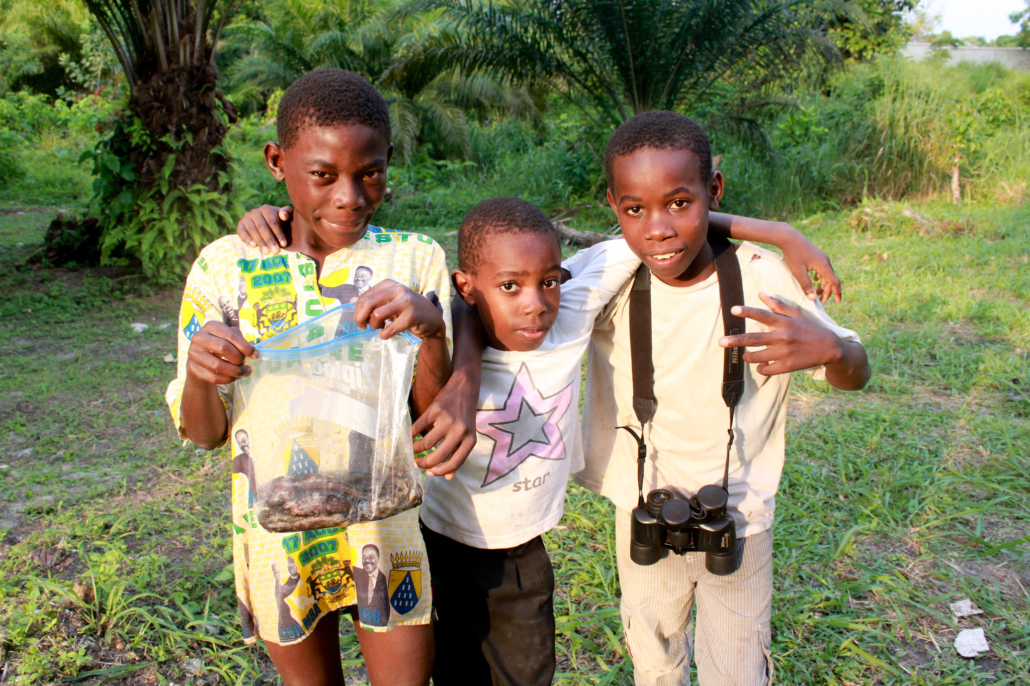 Gabon, a small country in Africa, has had limited electricity access for its citizens,
Gabon, a small country in Africa, has had limited electricity access for its citizens, 
